Wooden decorative corbels and plaster corbels are suitable for indoor use. Plaster corbels would be commonly used in conjunction with other plasterwork for example in entrance halls or arches to support an arch or door pediment..
A couple of examples of The Victorian Emporium's corbels, without capping and with capping
Where are wooden corbels used?
Wooden corbels could be used around a fireplace to create decorative interest but a common usage is in the kitchen. In traditional cottage style kitchens, it is the details that count and elevate the kitchen from something functional and basic to something that is a pleasure to work in. Corbels are commonly used as feature to support a mantel over the cooker range. This mantel is a useful place to store herbs, spice and oil etc and corbels can make it look like an expensive feature and a hand made kitchen when really it only needs to cost you in the region of £200 for all of the materials for an impressive corbel and mantlepiece. Corbels can be used in a similar way to aid support and add decoration to countertops in the kitchen. This is a place where you may want to choose a smaller corbel.
The kitchen can be enhanced in a similar way with the use of decorative wooden mouldings around the top of cupboards. This brings the whole kitchen together and again can elevate it from an everyday kitchen to something really special.
A novel but very practical way of using corbels is as bookends on any type of bookshelves but especially for kitchen and living room bookshelves or indeed anywhere that books are stored. This makes an otherwise mundane use of boring bookends into something special and would make a fabulous personal gift if a pair of inexpensive pine corbels were decorated for the recipient to match their interior decor, either using wood stains or paints, with details highlighted in gold or bronze.
Another use of corbels is underneath window seats so that again they appear more decorative and in keeping with a period style.
And as this photograph perfectly illustrates, they can be added to the exterior of a house as a decorative feature adding that authentic period feel.
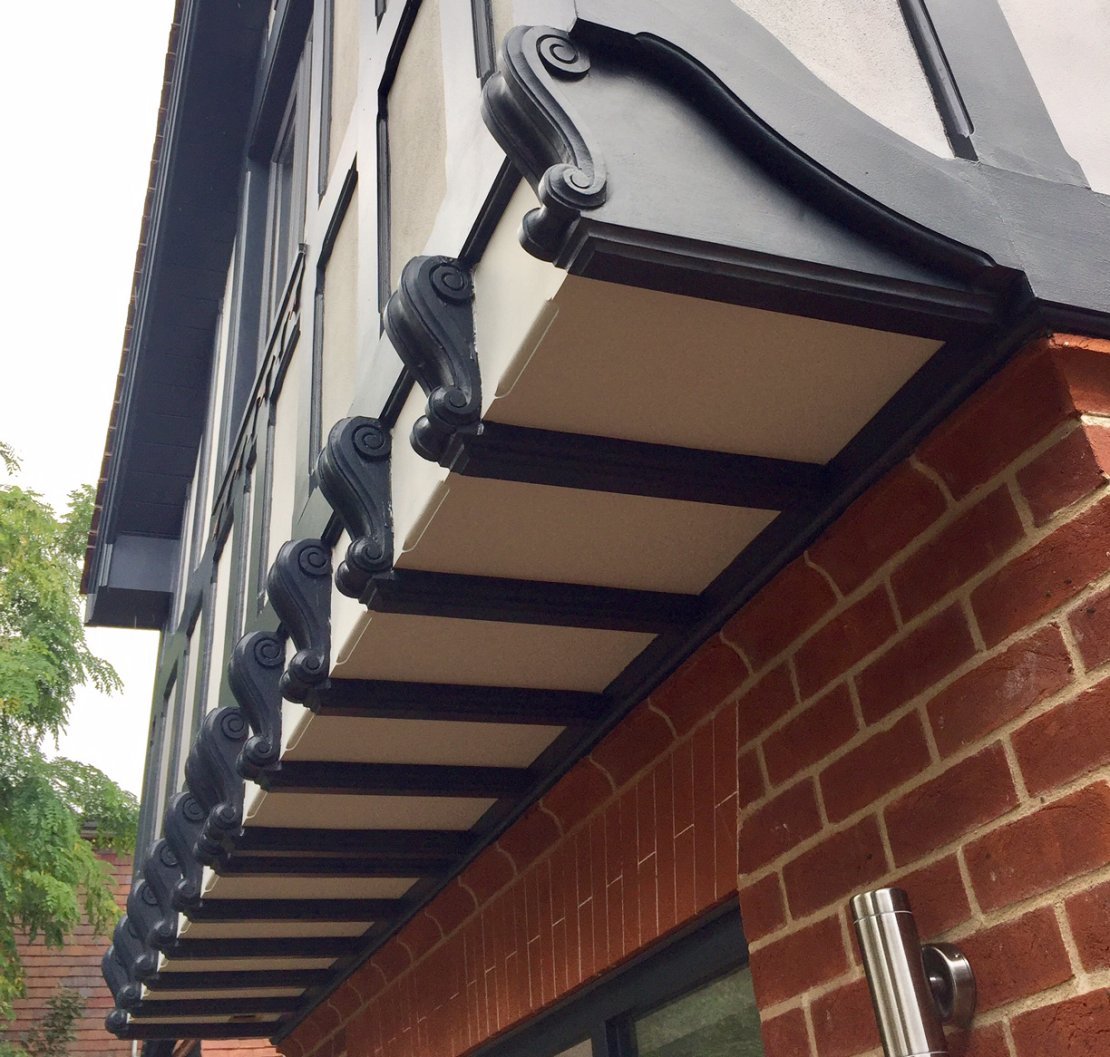
Photo courtesy of Shaun Mirams
Corbels come in many different designs and sizes from the simple scroll cutshape corbel with strong lines, the fluted corbel to the large highly decorative corbels. It’s down to personal taste and the style of the room where the corbel is to be used which is the right corbel for you.
Corbels can be fixed in place in a variety of different ways. If the corbel is not too deep, you can drill and screw it in place from the front. Be careful not to do this through any of the patterning but on a flat part, where you can easily then fill and sand the hole left by the screw. Alternatively, they can be glued in place using a strong wood glue and pegs. But by far the simplest method in the case of a mantle piece or kitchen use for fixing a wooden corbel is to simply fix it from behind during construction of the kitchen.
The Victorian Emporium sells the full range of beautiful wooden and plaster mouldings including cornice, dado rails, picture rails and skirting boards for every room in your house.
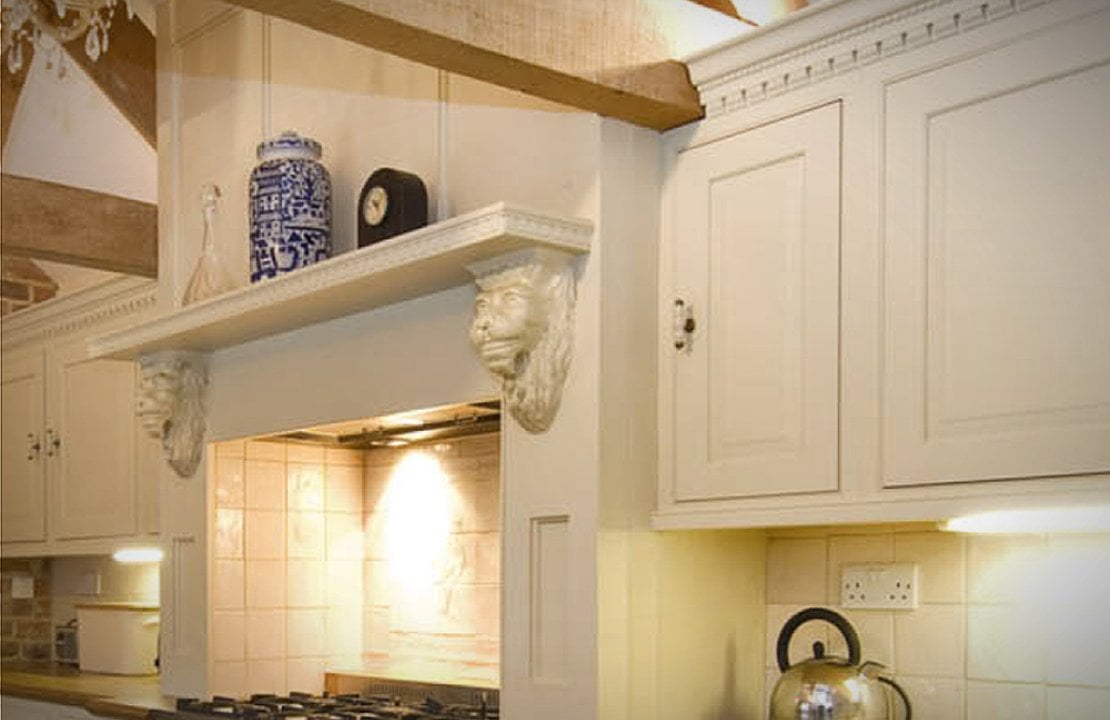
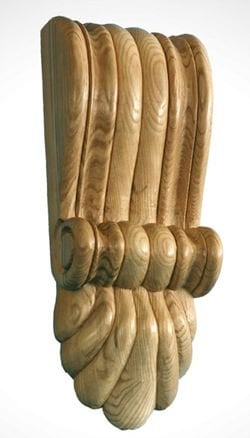
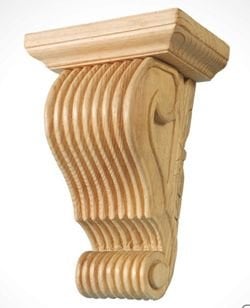
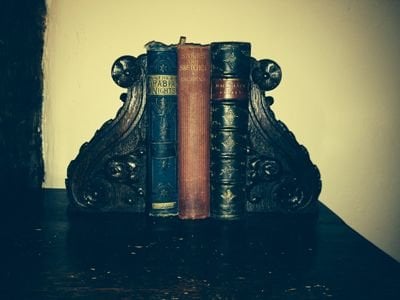

Be the first to add a comment...